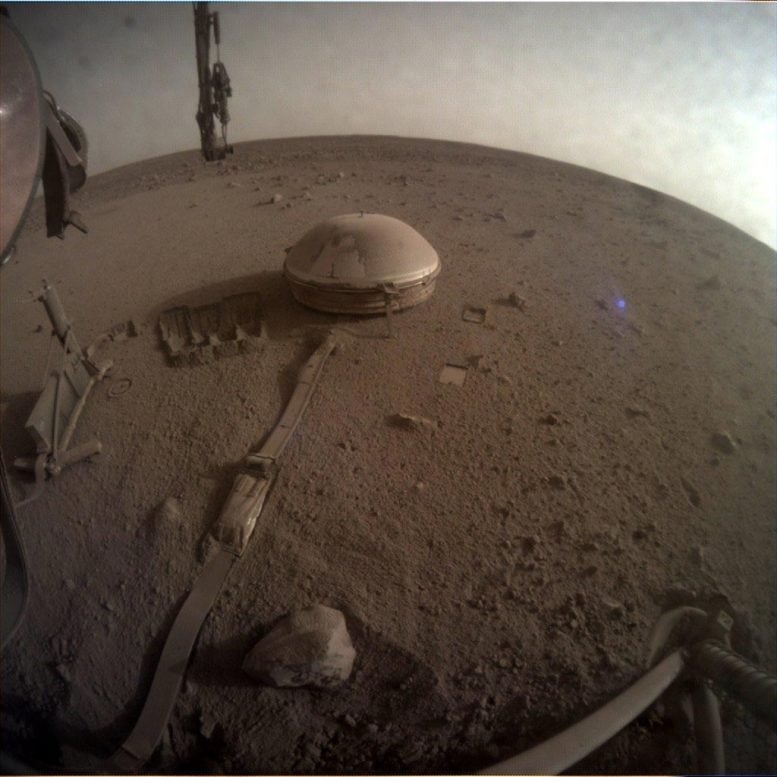
NASA InSight Mars Lander’s last image? Credit: NASA/JPL-Caltech
We have known for a while that the end was near for NASA’s Mars InSight lander, as the spacecraft’s power supply continued to dwindle from windblown dust accumulating on its solar panels. Now, it seems that day has come. The NASA InSight Twitter account’s latest message revealed what might be the last image sent from the spacecraft, as Insight revealed its “power’s really low.”
My power’s really low, so this may be the last image I can send. Don’t worry about me though: my time here has been both productive and serene. If I can keep talking to my mission team, I will – but I’ll be signing off here soon. Thanks for staying with me. pic.twitter.com/wkYKww15kQ
— NASA InSight (@NASAInSight) December 19, 2022
This was followed by a Tweet from the NASA JPL Twitter handle that reported that on December 18, the InSight Mars Lander “did not respond to communications from Earth.”
Update on @NASAInSight: On Dec. 18, the Mars lander did not respond to communications from Earth. Power has been declining for months, as expected, and this may mean the end of operations for the spacecraft. The team will try again to contact InSight. https://t.co/PsDaWokb9Z pic.twitter.com/ZVACs9EgmB
— NASA JPL (@NASAJPL) December 20, 2022
NASA’s Mars Interior Exploration using Seismic Investigations, Geodesy and Heat Transport (InSight) mission launched on May 5, 2018, from Vandenberg Air Force Base, California. After a 300-million-mile journey to Mars, InSIght touched down on the Red Planet near the equator on the western side of a flat, smooth expanse of lava called Elysium Planitia on November 26.
The mission’s science goals were to uncover how a rocky body forms and evolves to become a planet by investigating the interior structure and composition of Mars and to determine the rate of Martian tectonic activity and meteorite impacts. InSIght achieved its primary science goals in its first Martian year (~2 Earth years), and NASA extended its mission to focus on producing a long-duration, high-quality seismic dataset.
During its time on Mars, InSight’s seismometer felt multiple meteor impacts, detected more than 1,300 marsquakes, and shed new light on the Red Planet’s interior:
- InSight Mars Lander Detects Stunning Meteoroid Impact on Red Planet
- Listen to Space Rocks Crash Into Mars
- Subsurface Water On Mars Defies Expectations
- NASA’s InSight Records Monster Quake on Mars
- Insight Lander Uses Wind-Induced Vibrations To Reveal the Red Planet’s Subsurface Layers
- InSight Mars Lander Detects Three Big Marsquakes
- Interior of Mars Revealed by InSight’s Seismic Observations
- More Than 500 Marsquakes Detected by InSight Lander in First Year
- InSight Detects Two Sizable Quakes on Mars
- InSight Takes Deep Mars Measurements: Reveals Boundaries From Crust to Core
- Mysterious Magnetic Pulsations Detected at Martian Surface Around Midnight
- Eerie Sounds on Mars Picked Up by NASA’s InSight Lander


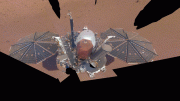
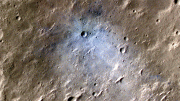
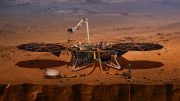
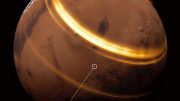
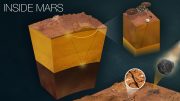


plastic film like formula one cameras use might have some use in that sort of situation
to move the dust
Bifacial PV panels can be installed vertically, yet still collect a fair amount of light, with less of a peak near noon. Dust does not collect as quickly on vertical surfaces.